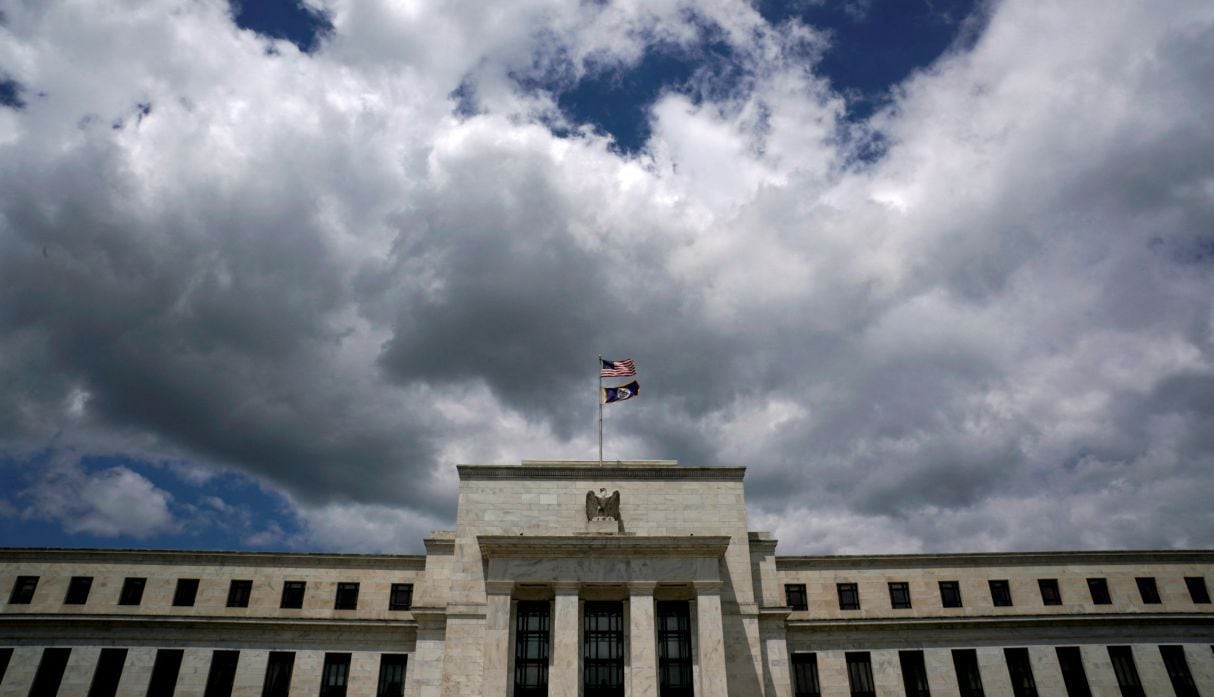
The stock markets of U.S they may have to relinquish the podium after enjoying their best winning streak in two decades, which has now spanned three years.
With the Federal Reserve (Fed) Preparing to raise interest rates for the first time in nearly four years, capital is starting to flow out of rate-sensitive US equities to other parts of the world where markets are cheaper and may be more resilient.
The S&P 500’s nearly 10% drop so far this year has outpaced the losses of most non-U.S. indices, and recent investment outflows from the market are seen by some as just the beginning.
Goldman Sachs’ analysis of eight cycles of Fed rate hikes since 1975 appears to support the view.
The bank found that European stocks outperformed U.S. stocks by four percentage points on average in the six months following the Fed’s first rate hike.
It also saw a clear rotation towards so-called value sectors, such as banks and commodities, which are better represented in European and emerging market equity benchmarks.
“What it means is you have to get out of the United States,” said Mike Kelly, head of global multi-assets at PineBridge Investments. “This is about selling longer duration assets, so we are underexposed to US equities.”
Longer-duration securities are those whose prices are driven by expectations of future earnings and thus perform well when interest rates are low.
US technology companies, with their exorbitant valuations measured by their price-to-earnings (PE) ratio, are a prime example, accounting for more than a third of the S&P 500 index.
For years, these stocks have been an investment magnet, benefiting from rock-bottom interest rates and, recently, from the pandemic shift to working, shopping and eating at home.
Of the trillion dollars that flowed into stocks last year, funds dedicated to the United States took a third. They would also have received the lion’s share of the pie from the nearly $500 billion absorbed by globally oriented funds, according to Deutsche Bank.
Now, according to Kelly, the markets are at a turning point, far from when “the PE went up and interest rates went down.”
Given that five mega-caps accounted for a third of the S&P 500’s return last year, overlooked US sectors should also benefit from the rotation.
Martin Schulz, senior portfolio manager at Federated Hermes, said he was already overweight global developed markets last fall, betting on a broad global economic recovery. “The cyclical nature of the European markets, we believe that the Japanese markets are going to be the great beneficiaries of this globalized rebound in the short term”.
cheap europe
Nearly $6 billion fled from U.S. equities in the week to Jan. 19, while European and emerging-market funds soaked up $2.7 billion and $5.2 billion respectively, according to BofA.
Morgan Stanley strategist Graham Secker also cited internal data showing $5 billion outflows from U.S. exchange-traded equity funds (ETFs), while those focused on U.S. equities lost $5 billion. 8.5 billion. European stock ETFs earned $3.6 billion.
“We’re seeing it qualitatively from investors around the world, to shift some of the weight away from the United States elsewhere,” Secker said.
Monday’s slump spread across the globe, as European stocks tumbled 4% on their worst day since mid-2020 and emerging stocks lost 2%. However, they may be in a relatively better position to deal with tighter monetary policy.
Europe trades at a 27% discount to Wall Street, down from an average of 15% before the previous three Fed cycles, according to Goldman Sachs estimates. And value stocks are generally 50% cheaper than growth stocks, double the discount seen before previous rate hikes.
Europe is also delivering more positive economic data surprises and upward earnings revisions than the United States, Secker noted.
Also emerging markets
All markets will feel when central banks curb cash flow, and depending on what the Fed does, the net cash supply of the big four central banks could even shrink for the first time in years.
But this cycle differs in one respect from the previous one; China, which raised rates in 2018 alongside the United States, is now easing monetary policy to support its economy.
A looser Chinese monetary policy will benefit other emerging economies and export-focused Europe through trade and commodity prices, and could send Asian equities up 10% in 2022, according to JPMorgan.
Kevin Mahn, chief investment officer at Hennion & Walsh Asset Management, remains bullish on US stocks, but believes other markets could start to shine soon, too.
“Perhaps they will start to experience some of the growth that we have seen in the US markets in the last three years,” he added.
Ricardo is a renowned author and journalist, known for his exceptional writing on top-news stories. He currently works as a writer at the 247 News Agency, where he is known for his ability to deliver breaking news and insightful analysis on the most pressing issues of the day.












